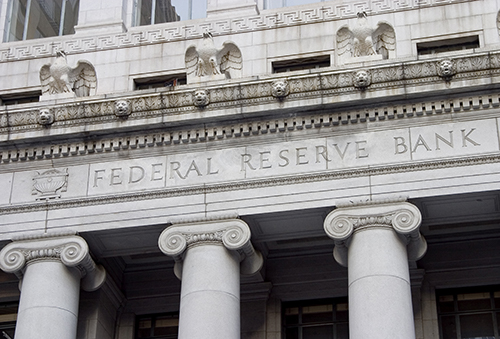The Federal Reserve met June 10, 2020. As expected, rates went unchanged; however, the Federal Reserve took the country by surprise with the largely pessimistic tone of the statement. Current Federal Reserve projections call for unemployment to be at 9.3% by the end of the year, GDP growth to be somewhat muted over the next few years, and rates to hold at zero for the next two years. This was a disappointment for the recently piqued stock market, with stocks slightly lower on Wednesday, falling almost -7% on Thursday, and closing slightly up on June 15, after an initial rally strained through the remainder of the day.
The Federal Reserve’s projections firmly indicate a “U” shaped recovery. This type of recovery occurs when the economy experiences a sharp decline in employment, GDP, and industrial output with a period of stagnation followed by a steady rise back to the previous peak. Contrarily, The Congressional Budget Office analysis points to a “swoosh” recovery. A “swoosh” recovery indicates a long drawn out period before the economy’s return to pre-COVID-19 levels of production. Meanwhile, market participants had been pricing within a “V” shaped recovery, and stock prices were reflective of that. A “V” shaped recovery is characterized by a sharp decline followed by a sharp return to peak performance. Along with the Federal Reserve projections, several headlines reported a spike in COVID-19 infections across the country, with infection rates increasing rapidly in California, Texas, Arizona, Florida and Nevada - seemingly connected to recent re-openings and relaxing of social distancing guidelines. It is unclear what the increase of COVID-19 cases will have on the economy but one can expect slowed growth in the travel and tourism segments of the market, at a minimum.
Uncertainty is extremely high right now. U.S. residents and investors are asking what demand looks like, if there will be additional stimulus funds, and what the impact of the recent COVID-19 surge will be on the economy. The equity market seemed completely willing to ignore these concerns over the last few weeks showing an extreme level of abandon:This appears symptomatic of Federal Reserve policy and their willingness to backstop parts of the bond market, provide liquidity, and push people’s willingness to take risk.
The path to market normalization is unclear. One of two situations is possible:
The Federal Reserve’s projections firmly indicate a “U” shaped recovery. This type of recovery occurs when the economy experiences a sharp decline in employment, GDP, and industrial output with a period of stagnation followed by a steady rise back to the previous peak. Contrarily, The Congressional Budget Office analysis points to a “swoosh” recovery. A “swoosh” recovery indicates a long drawn out period before the economy’s return to pre-COVID-19 levels of production. Meanwhile, market participants had been pricing within a “V” shaped recovery, and stock prices were reflective of that. A “V” shaped recovery is characterized by a sharp decline followed by a sharp return to peak performance. Along with the Federal Reserve projections, several headlines reported a spike in COVID-19 infections across the country, with infection rates increasing rapidly in California, Texas, Arizona, Florida and Nevada - seemingly connected to recent re-openings and relaxing of social distancing guidelines. It is unclear what the increase of COVID-19 cases will have on the economy but one can expect slowed growth in the travel and tourism segments of the market, at a minimum.
Uncertainty is extremely high right now. U.S. residents and investors are asking what demand looks like, if there will be additional stimulus funds, and what the impact of the recent COVID-19 surge will be on the economy. The equity market seemed completely willing to ignore these concerns over the last few weeks showing an extreme level of abandon:
- The share price of bankrupt Hertz (HTZ) increased +300% (Hertz is now trying to raise $1bln by selling equity, while still in bankruptcy);
- Teslas’s (TSLA) share price rose above $1000 (now the most valuable car company in the world despite not even being one of the 10 largest car manufacturers by volume);
- The stock of Nikola (NKLA) rallied 103% on the announcement that they planned to launch a product
The path to market normalization is unclear. One of two situations is possible:
- General reset of market participants’ expectations and a fairly flat US Equity market in coming years (possible but not likely based on human behavior)
- Massive capitulation that the Fed will be unable to stop (possible and scary)

